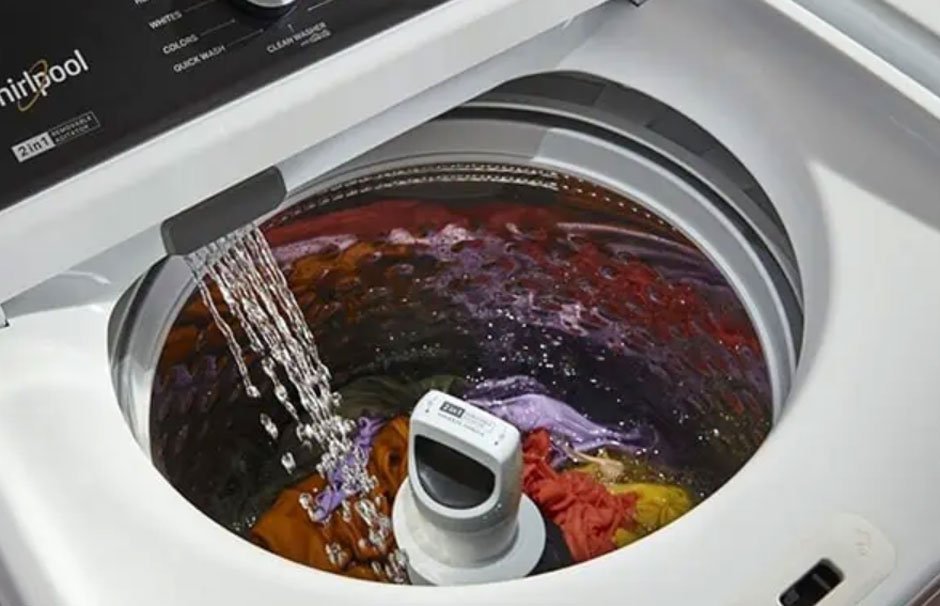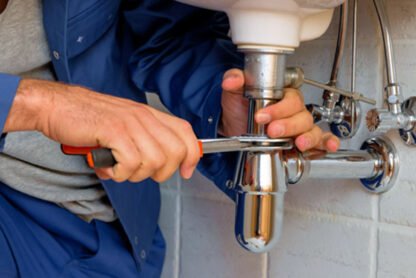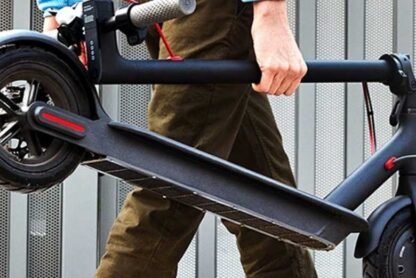A washer that doesn’t drain properly is extremely frustrating, but let’s not forget that that a completely broken washer is bigger deal. If your washer leaves you with a soggy mess and disrupts your laundry routine, it can be fixed in most of the cases. Many drainage issues are easy to diagnose or to fix by yourself. Even if you are not platoon on fixit it yourself, diagnosing a washer before calling an expert appliance repair company can help your technician fix the issue faster. In this article you will find a few steps on how to properly diagnose and fix your washer if it doesn’t drain properly.
Common Reasons a Washer Won’t Drain
- Draining hose back up – There can be some small items, lint or debris that hangs inside the draining hose and does not allow water to go through.
- Pump filter obstruction – The pump filter collects any debris present but is a filter that can block over a period.
- Broken drain pump – Pump as we know breaks down hence the water hasn’t drained due to a broken or damaged pump.
- Damaged or kinked water hose – A damaged or pinched water hose shall impede the flow of water.
- Problems with Lid Switch – Lid switches are essential to top load washers as they are the ones allowing the water to drain.
- Control board or toggle timer faulty – It may be observed that when some electronic parts break down, the drainage may not complete its cycle.
- Wrong setup – If the drainage hose is at such a height which it should not be, the draining may not be effective.
Step-by-Step Troubleshooting Guide
1.Check for Power and Cycle Settings
- Ensure the Washer Is Powered On: Make sure the machine is receiving power.
- Double-Check Cycle Settings: Verify that the washer is set to drain and spin.
- Inspect the Drain Hose
- Look for Kinks or Pinches: Straighten out the hose to ensure water can flow freely.
- Clear Blockages: Disconnect the hose and flush it with water to remove clogs.
- Verify Proper Positioning: The hose should be no more than 96 inches above the floor to prevent drainage issues.
2.Clean the Pump Filter
- Locate the Filter: Refer to your washer’s manual to find the pump filter, usually located near the bottom front panel.
- Remove and Clean: Take out the filter and wash it thoroughly to remove lint and debris.
4.Examine the Drain Pump
- Listen for Noises: A humming or grinding noise during the drain cycle could indicate a faulty pump.
- Check for Obstructions: Disconnect the pump and inspect it for blockages.
- Test the Pump: Use a multimeter to check for electrical continuity. Replace the pump if it’s defective.
5.Inspect the Lid Switch (Top-Loading Washers)
- Ensure Proper Engagement: Open and close the lid to see if the switch clicks into place.
- Test for Continuity: Use a multimeter to check the switch. Replace it if it’s broken.
6.Assess the Control Board or Timer
- Check for Damage: Look for burn marks or loose connections on the control board.
- Replace if Necessary: If the board or timer is malfunctioning, consult a professional for replacement.
7.Verify Installation
- Ensure Proper Hose Placement: The drain hose should not be inserted too far into the standpipe, as this can cause siphoning issues.
- Confirm Secure Connections: Tighten any loose clamps or fittings to prevent leaks.
Preventative Maintenance Tips
- Regularly remove the pump filter to prevent blockage.
- Examine the drain hose on a regular basis for bends or breaks.
- Do not overburden the washer as that may put stress on the drainage unit.
- Always check the pockets before doing laundry to stop little things like coins from blocking the pump or the hose.
- Perform maintenance every year which is helpful for the efficient functioning of your washing machine.
When to Call a Professional
So, if you have attempted all the above steps and your washer will not drain and performs each of those steps to the utmost seat then call an appliance repair company like OK Appliance Repair. Other aspects like drum damage, further extending of the pump repairs, or problems with the electrical wirings have to be dealt by an expert.
Final Thoughts
Dealing with a wash basin that does not drain effectively may be frustrating but there are some basic fixes that would allow you to do the work alone. Simply carrying out scheduled maintenance and handling small issues with the washer can help it run smoothly for a longer time. If the problem continues to remain, then do not hold back from approaching service so that you do not risk the safety and functionality of the appliance.









